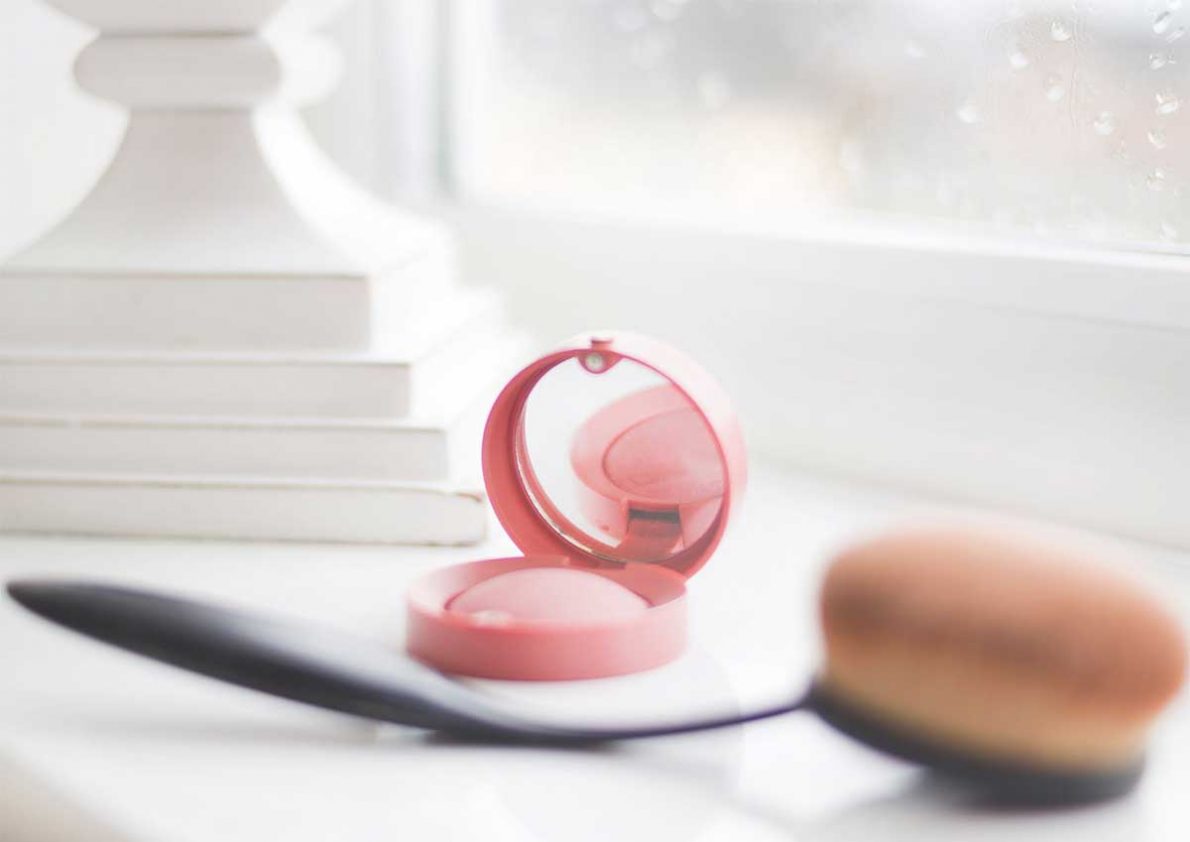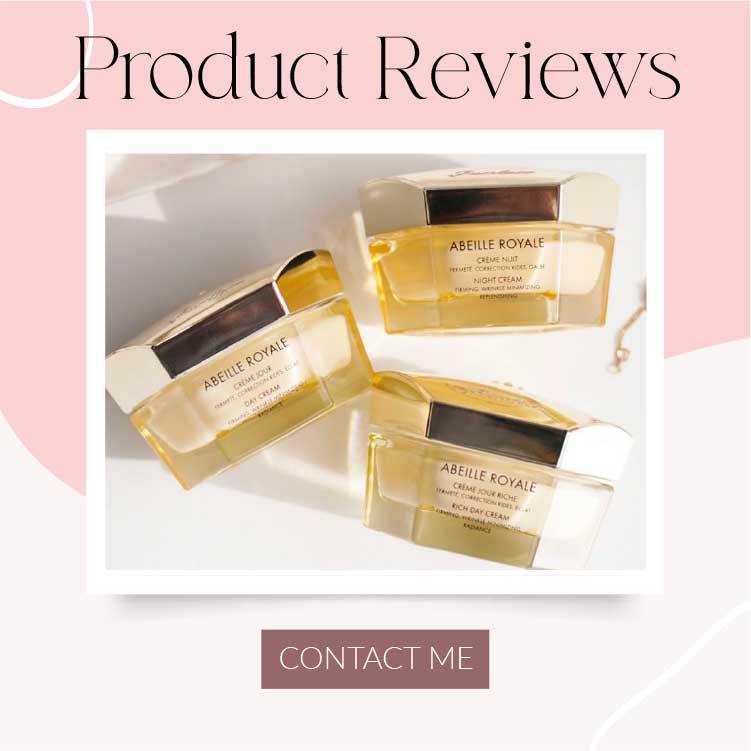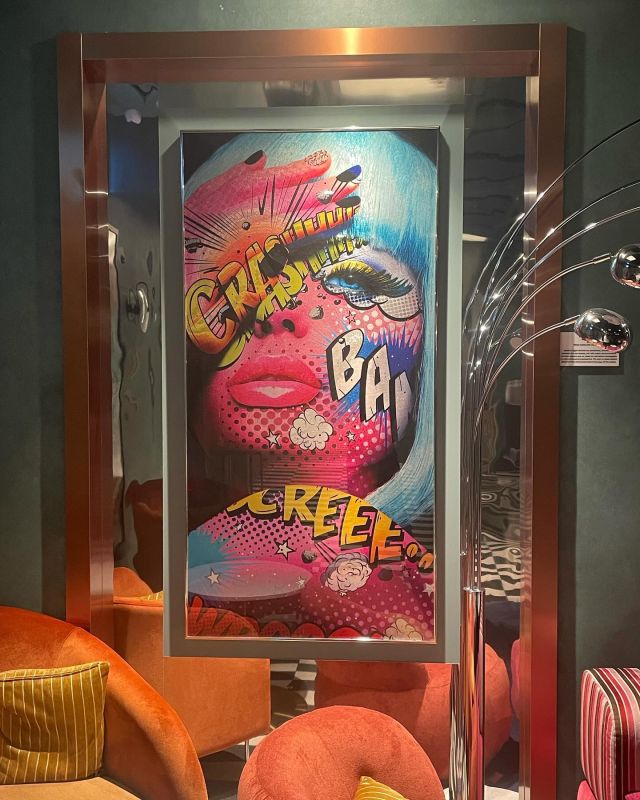There I more to the beauty industry than new formulas and pigments. In fact the beauty industry of one of the fastest moving sectors in the world. And while you are not going to need your heavy rigid truck licence to get your hauls of Dior back to your house just yet – you might be considering it if you’ve ever been waitlisted for a new product. The cosmetic supply chain is incredible, fast paced and turns on trending hashtag.

You see a magazine article about the new liquid lip formula, and so do a million other people around the globe. It’s getting rave reviews on YouTube, and in fact, all of the influencers are citing it as their holy grail replacement and BAM before you know it you are trying to buy a ‘your lip colour but better’ shade online in any of your favourite stores – sold out. The marketing campaign was so successful that the product wasn’t shipped to stores fast enough. A nightmare all around, because before you know it, there is another product that hits the ground running and has their products in stock everywhere and is ready to go. One of those companies will be known for customer satisfaction, they marketed well, and the product was available to consumers when they said it would be.
According to Women’s Health, these products sell at least one or more per 60 seconds.
- Nuxe Lip Balm
- Sky & Sand Brilliant Skin (50,000 in its first 8 weeks)
- Weleda Skin Food
- Trilogy Rosehip Oil
- Collection Lasting Perfection Concealers
- Philip Kingsley’s Elasticizer
- Know Cosmetic no Bleeding Lips
- Fake Bake Flawless Tan
- Bioderma Sensibio
- Tangle Teezer
- Bio-oil (An Amazon Prime top-selling skincare product of the last decade)
Meaning that they nailed their marketing and shipping. A few brands did not have the same success, and some play dirty. A well-known celebrity (think Lip Kits) mentioned that her product was going live, and thousands upon thousands of fans crashed the site trying to purchase a product that wasn’t actually available. In fact (and some people take a dim view of this) only 3 thousand units had been ordered, enough to supply around 1% of the brands’ consumers. The Ordinary is well known for being sold out more often than it is in stock, and while some would argue that it is because the brand is just that popular, others might say it puts off potential new customers. Then. There are some companies that merely miscalculate their supply and demand and get it very, very wrong – Too Faced Sweet Peach product line sold out entirely online had a wait list of 10,000 people, and according to the co-founder they outsourced the production, and the massive shipments just couldn’t keep up with the demand. But in marketing terms, it is better to make less of something and sell out, than it is to produce 50,000 and only sell 20,000.

The tactic that many companies use is called ‘scarcity’, to make the consumer believe that the product is rare, is high demand, that if you managed to get one you are one of the ‘few’. And while technically that is true, it is nothing more than a tactic designed to pull in my buyers. The issue is now that more and more people can take to the internet and air their grievances about delivery times, waitlists, websites crashing and so much more. So, it is getting to be more and more risky to employ these dirty tactics. The hysteria of a lip colour, like Velvet Teddy, for example, caused brands like E.L.F, MUA, Make Up Revolution and a few more to sell out of what their closest colour shade was. ‘Dupes’ are big business and can also play a significant role in a brand having an unexpected influx of orders.
This is where trendwatching plays a vital role in staying just about ahead of the consumer.
Cosmetic logistics requires expertise in multiple areas. They must be able to handle incredibly high volumes of products, know about handling restrictions of some ingredients and things like perfume, maintain the correct temperature for the product and finally ensure an on-time delivery. All at a competitive cost.
Managing the warehouses is something else that must be handled strictly. Imagine that a logistics company put say a few hundred thousand lipsticks in a space that was too hot. Every single one of the melted. That type of that is just not acceptable. Taking care of the product is part and parcel of the job. Some parts of the skincare and cosmetic industry have perishable items, pharmaceuticals, hygiene standards that need to be maintained, shelf-life issues and packaging issues. Making sure that everything is adhered to makes sure the products get to the stockist in one piece.
As a beauty consumer, you are probably well aware of what streams healthy, and beauty products are found in. If not:
- Mass retailers and Chain drug stores get consumer products
- Salons and Beauty Supply Professionals get beauty supplies
- Department Stores and Boutiques receive high-end and luxury brands
- Dermatologists get dermatological products.
More substantial beauty and healthcare companies tend to utilise each of these streams for maximum distribution. As one might imagine smaller retailers often only stock a select amount of product and don’t need truckloads. However, the larger departments will need regular deliveries.
Interestingly, companies will also produce multiple packaging options for different stores. Where are in Walmart or Pound stores you will see one type of packaging, in a luxe department store you’re going to find a more luxurious packaging. Each of the correct shipments needs to go to the right place, even though the product is identical, the consumer it is aimed for is not.
The healthcare and beauty industries are consumer driven. It is the buyer in the driving seat (so to speak), and they dictate the speed at which a product needs to be shipped and in store. Cosmetic companies have to plan ahead with things like marketing, and they need the logistics to work with what they have in place.
However, sometimes the product becomes such a hit that no amount of planning could have helped.

















